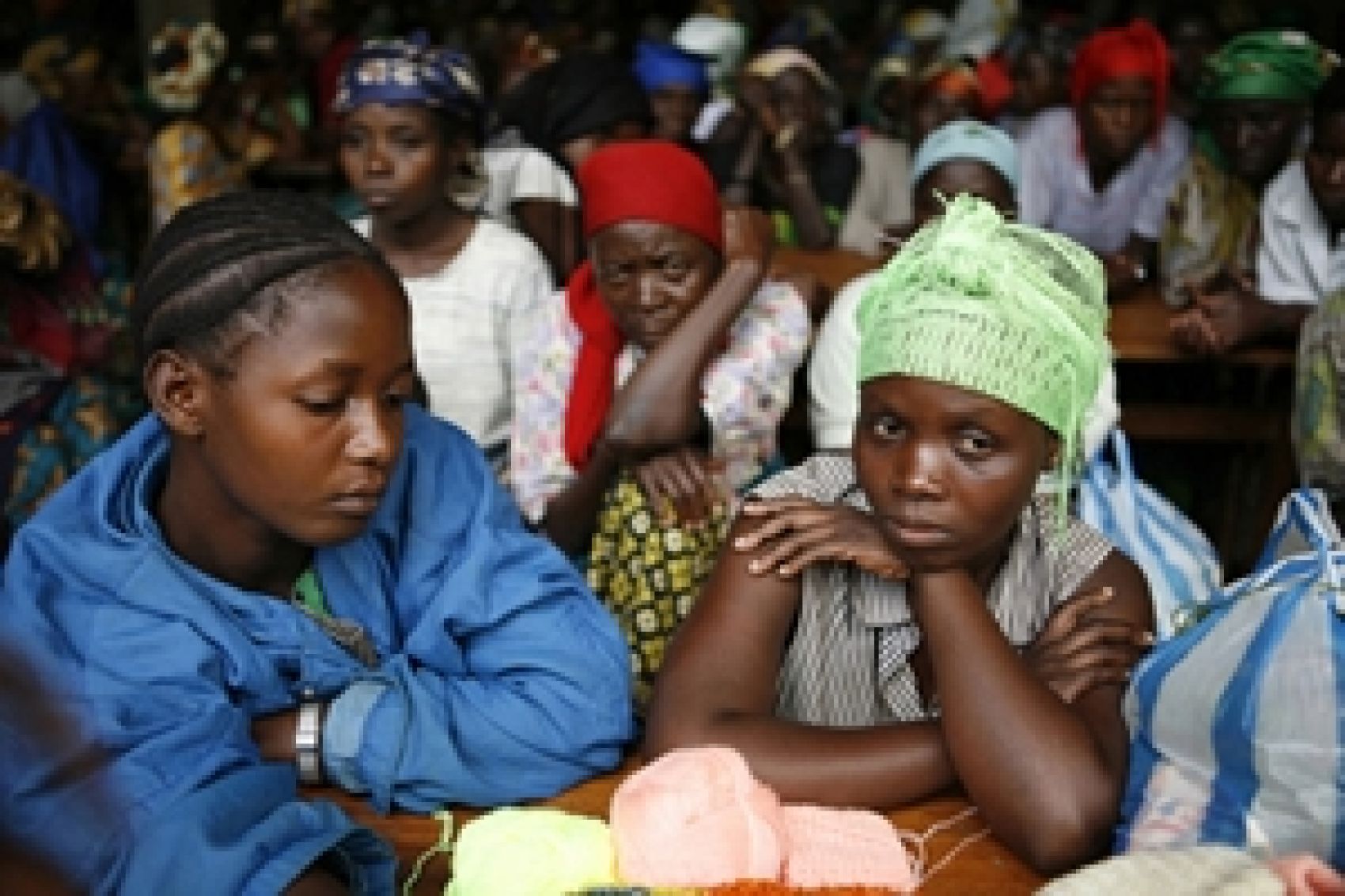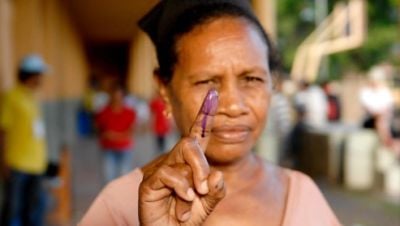Men are far more likely to die a violent death than women, so why single out violence against women and girls as a challenge for sustainable human development? There are a number of compelling reasons.
First of all, deaths related to violence fail to capture the true harm of interpersonal violence. Not all violence results in death nor is medical attention necessarily sought, or even needed, in many cases. But where data is available, they suggest that women and girls suffer a disproportionate share of non-fatal - but frequently grievous - bodily harm. Moreover, a focus on bodily harm does not capture the psychological harm inflicted by violence, the constant threat of which stops so many women from going about the daily business of life free from fear.
Second, the true extent of violence against women was, and will continue to be, seriously underestimated. Unlike men, who are generally victims of violence perpetrated in public spaces by strangers or casual acquaintances, women are most at risk from family members, usually intimate partners, and most often within the domestic sphere. Such violence is often treated in many cultures as a ‘normal’ part of marriage and family life, reflecting men’s ‘legitimate’ authority over women, or as a ‘private’ matter outside the remit of the law. At the same time, public forms of violence against women, which are often sexual, often call into question the victim’s moral character when shaping public and legal perceptions about who is to blame. This can make women reluctant to report violence, wherever it occurs. It also contributes to low rates of conviction even when it is reported.
Third, until very recently violence against women was invisible in the human rights discourse and absent from concerns with human development. Yet such violence infringes women’s fundamental human right to bodily integrity and freedom from fear, jeopardizes their basic human capabilities, and, as a result, undermines their ability to participate as full citizens in the economic, political and social life of their community. These costs do not fall on women alone, but also on their children and families, and beyond to the wider society. They are a major barrier to the goal of equitable and sustainable human development.
And finally, while women may experience violence at the hands of other women (mothers-in-law or same sex partners, for instance) much of the violence suffered by women is inflicted by men ( as is much of the violence suffered by men). The fact that men are the primary perpetrators of violence against both men and women draws attention both to unequal power relations between the sexes, and to constructions of masculinity associated with these relations as important factors for understanding the persistence of violence. At the same time, although violence against women occurs in every country, the fact that its incidence varies considerably across, and within, countries suggests that there is nothing inevitable about it.
Explanations for violence can be made at the individual or community level, or can be structural. Childhood experiences, for example, appear to be among the most widespread and consistent explanations at the individual level. Children who have witnessed their mothers being beaten by intimate partners have a higher likelihood of growing up to be either perpetrators or victims of violence. The extent to which this happens, though, depends on many aspects of adolescence and adulthood – educational attainment; the experience of schooling; the influence of peers; access to resources and opportunities; and the quality of married life.
Structural explanations encompass both culture and political economy. Cultural explanations include the ways in which gender roles are defined in different societies, and associations between ideas of masculinity with dominance and aggression and the extent to which men control women’s labour and sexuality. Other explanations focus on the intersection of gender with structural inequalities such as class, caste, and ethnicity: these render women from some groups more vulnerable to violence perpetrated by men from dominant groups. Still others point to new forms of vulnerability that have accompanied economic liberalisation, as increasing numbers of women take up unregulated, and often, undocumented, jobs where their uncertain legal status and social isolation leave them at greater risk of violence.
And so efforts to end violence against women must operate at both individual and societal levels. Individual measures to empower women to deal with the threat of violence in their lives and to challenges norms of masculinity that condone or encourage such violence are vital. Moreover, efforts must also:
a) include legal reform to criminalize violence against women, regardless of whether it occurs in public or private;
b) ensure that “front-line responders”, such as the police, judges and social workers are attuned to their key role in supporting victims and sanctioning perpetrators; and
c) work closely with the media, the educational system, community-based organisations and women’s groups to undertake the revolutionary task of transforming societal attitudes which tolerate or condone violence.
Naila Kabeer is a professor of gender and development at the Gender Institute, London School of Economics and Political Science. She has over 25 years of experience carrying out research, teaching, training and advisory work in the interrelated fields of gender, poverty, social exclusion, labour markets and social protection. Her recent publications include “Mainstreaming gender and social protection in the informal economy” (Commonwealth Secretariat), “Do the MDGs provide a pathway to social justice?” (United Nations MDG Achievement Fund) and “Organising women in the informal economy: beyond the weapons of the weak” (Zed Press). She is on the advisory board for the journals Feminist Economics, Development and Change, Gender and Development and Third World Quarterly.
This blog post was drawn from the Human Development Report Office 2014 Occasional Paper entitled: Violence against Women as ‘Relational’ Vulnerability: Engendering the Sustainable Human Development Agenda
The HDialogue blog is a platform for debate and discussion. Posts reflect the views of respective authors in their individual capacities and not the views of UNDP/HDRO.


